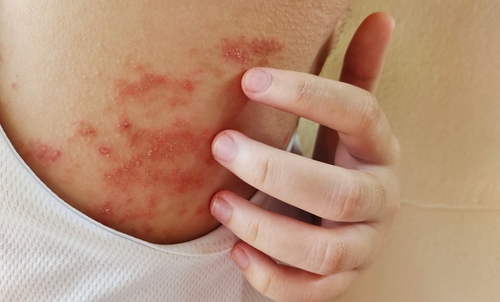What is Atopic Dermatitis?
London Dermatology | 4 October 2024
People get atopic dermatitis (also called eczema) on different parts of their body. Children commonly get it on their cheeks, neck, hands, inner arms, behind the knees, ankles and feet. These areas may change as children get older.
Atopic dermatitis is not contagious. This means that you cannot catch it from someone else.
Atopic dermatitis affects children’s daily lives. The itching can make it hard to sleep and pay attention in school. Some children feel embarrassed about their skin or feel irritable when they are tired and itchy.
Atopic dermatitis is a chronic disease. This means that it is sometimes a life-long disease and does not completely go away. Some children get better after a few years and have milder symptoms by the time they are in elementary school.
Atopic dermatitis comes in cyles. There are times
it gets worse (called flares) and times it gets better. There is no cure for atopic dermatitis. But a good skincare plan and using medications can help improve the skin and treat flares quickly.
Atopic dermatitis involves changes in how the skin and immune system (our body’s defence against germs and sickness) work. Children whose family members have atopic dermatitis, asthma or hay fever (an allergy to things in the environment) are more likely to have it.
In healthy skin, the top layer of the skin acts like a brick wall. The skin cells are like the bricks. Proteins and fats in the skin hold the bricks together and form a seal (like mortar). This protective“skin barrier” keeps water in and keeps things that bother the skin out.

